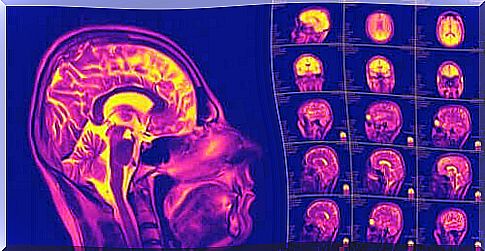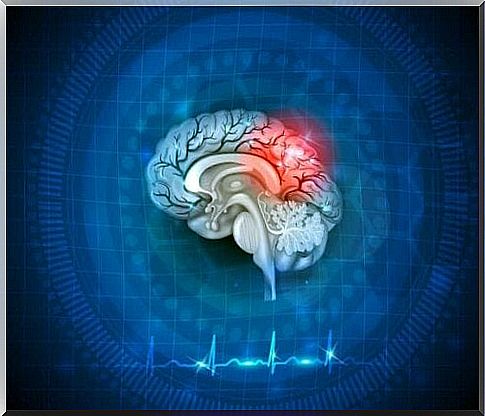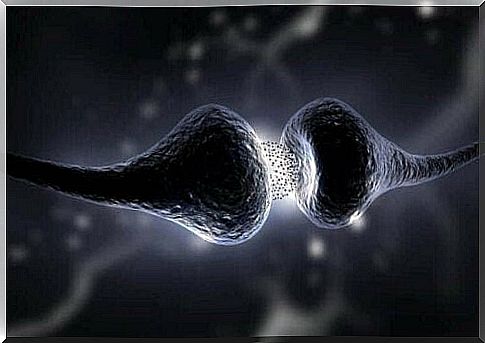What Is Neuroplasticity In The Brain?

Neuroplasticity in the brain, also known as cerebral plasticity, is one of the most recent discoveries about the human body. It is the brain’s ability to change and adapt to new behaviors or experiences.
Until recently, researchers believed that neural circuits only formed and changed during childhood. In other words, they believed that it was impossible to change or create new connections in adulthood based on experiences or learning.
However, researchers discovered that our brain neurons can constantly regenerate. In fact, not only do they do this anatomically, but they can also form new connections. This concept is commonly known as “neuroplasticity”. Although it may seem simple, it is what allows the brain to recover from certain injuries or disorders.
In this article, we tell you everything you need to know about neuroplasticity in the brain.
Also read: The best tips for maintaining a young, healthy brain
What is neuroplasticity in the brain?
Previously, researchers believed that nerve tissue could only change early in life. This meant that they thought it was impossible to recover from damage to brain tissue. In recent years, however, researchers have discovered that this is not the case.
Neuroplasticity is the ability of neurons to regenerate. They do this both anatomically and functionally. In fact, it is a process that involves many biochemical and metabolic reactions. It also means that it has a great potential for adaptation.
Researchers began to notice this phenomenon in the 1960s. They were aware of several cases of adults who had suffered a stroke. In fact, they noticed that sometimes after the injury, many seemed to recover.
Then, they began performing various imaging and stimulation tests to show that neuroplasticity exists. Researchers are still researching all aspects of this phenomenon.

How does neuroplasticity work?
The synapse is the area where neurons communicate with each other. When we are born, there are only a limited number of synapses per neuron in the cerebral cortex. In fact, specialists estimate that there are about 2,500 synapses. As the years go by, this number increases to almost 10,000 synapses per neuron.
This happens because as we grow, we experience and learn different behaviors. All of this causes new brain connections to form and strengthens others. However, it also means that those you do not use die.
Also read: Parts of the brain do not develop until you are 36
With neuroplasticity in the brain, new synapses can form or regenerate throughout life. In fact, this happens through various molecular and chemical mechanisms. Therefore, synapses are strengthened or increased every time you learn new things.
The most important things that are happening here are:
- The excitability of the neuron is restored. This happens because the balance between ions inside and outside the neurons is restored.
- Parts of the neuron that were damaged regenerate, especially the axon.
- Circuits that were not active are restored.
These reactions are very complicated. The result, however, is that there are more connections in the brain.

The significance of this finding
Neuroplasticity in the brain is primarily important for therapy. Finding out that this process exists, researchers discovered that lots of brain damage can actually be treated. Therefore, by making new connections, the brain can restore certain functions.
For example, researchers are studying this in people with traumatic injuries. However, there are other diseases that doctors could improve with this knowledge:
- Obsessive-compulsive disorder
- Certain types of schizophrenia
- Attention Deficit Hyperactive Disorder (ADHD)
- Anxiety and depression
Hopefully, specialists will continue to learn even more. After all, knowing this about the brain can help improve the outcome of many more diseases in the future.









